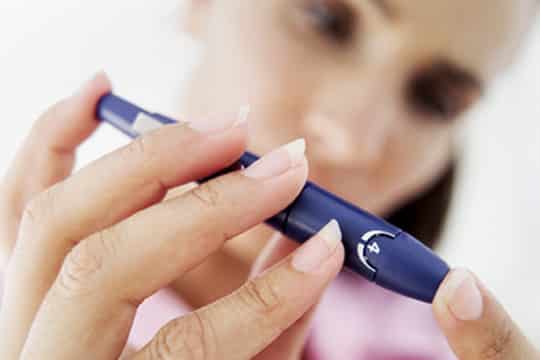Diabetes: Types, Causes, Symptoms, Diet & Prevention

November 14th is known as the world diabetes day and November is Diabetes knowledge month! World diabetes day is universally identified; with the hope of bringing about more information and to celebrate how far medicine and also technology have come since diabetes was first defined.
In honor of this important date and the whole month, I would like to share with the type 2 diabetes community some exciting facts about the history of diabetes.
